According to the Dai Nam Nhat Thong Chi and Hung Hoa Phong Tho Luc books, Tuan Quan Temple dates back to the Tran Dynasty. Initially, the temple worshiped Lady Diep - who had the merit of "protecting the country and the people", and was revered by the people as Thanh An, so the temple was then called Ve Quoc Temple. During the Le Dynasty (early 15th century), Mother Lieu Hanh descended to earth at the temple, helping the mandarins and people in building and protecting the country. In recognition of her merit, King Le Hien Tong bestowed upon her the title "Duc Chua Quoc Mau Hoang An Phuong Dung". Since then, the temple has been co-worshiped with Thanh Mau Lieu Hanh and renamed "Den Mau Quoc Mau Thanh An Bach Lam". Because the temple is located near Quan Tuan area - where the patrol and tax collection station was formerly located, over time, people have become accustomed to calling it Tuan Quan Temple, a name that has been passed down and used to this day.
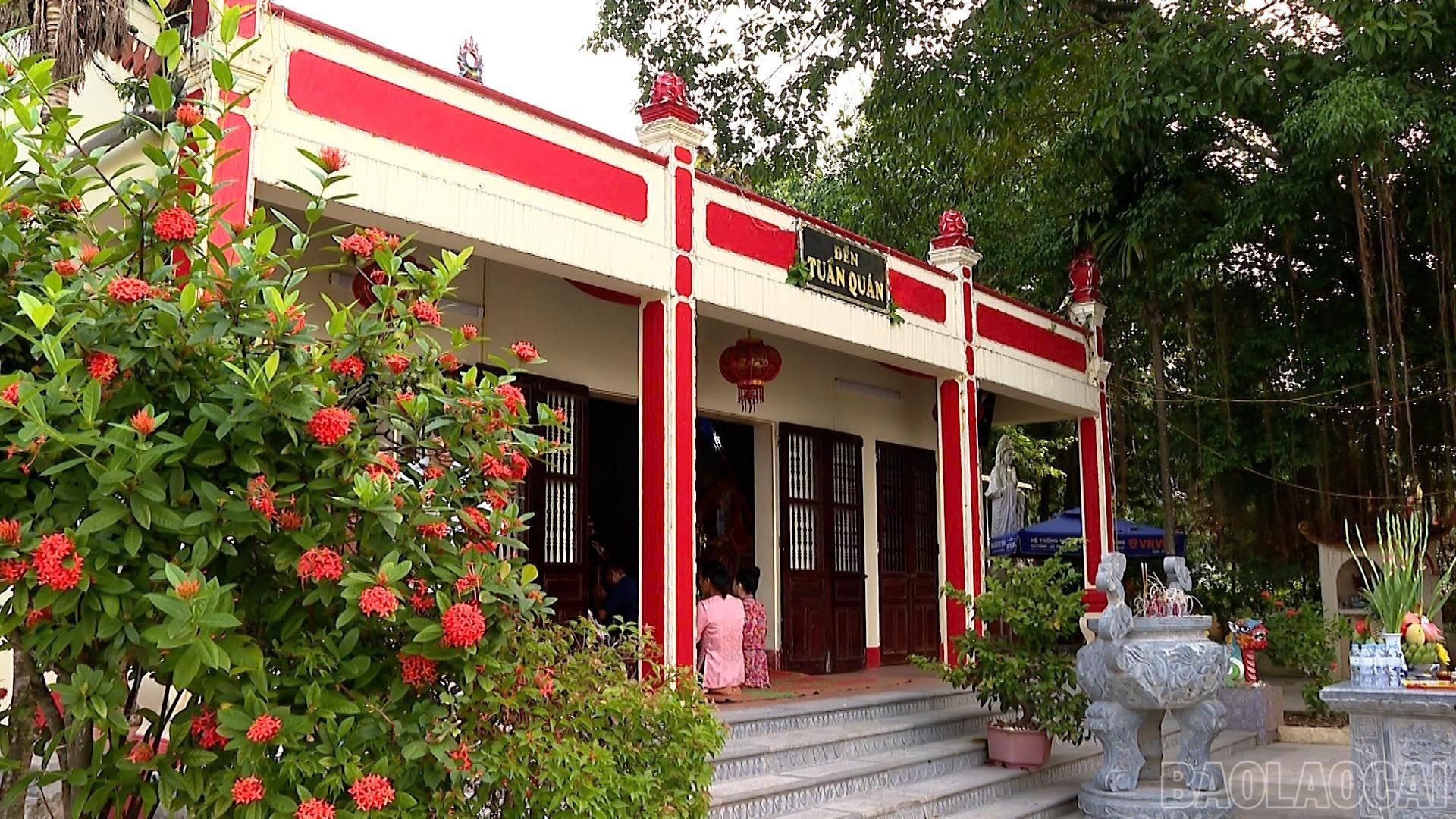
For a long time, Tuan Quan Temple has become a familiar spiritual destination for locals and tourists from everywhere. Every early spring or on the first and fifteenth day of each month, crowds of people return to the temple in a respectful and solemn atmosphere.
Ms. Nguyen Thi Quy, in group 18, Yen Bai ward, shared: “Every month, on the first or fifteenth day of the lunar month, I go to the temple to worship. Going to the temple makes me feel lighter and my life more peaceful. I just pray for everyone to be healthy, for favorable weather and for the people to have a prosperous life.”
Over hundreds of years, Tuan Quan Temple has not only been a place of worship, praying for peace and fortune for the people and tourists from all over the world, but also a historical witness to many changes in the times. According to the relic records, on the afternoon of February 9, 1930, patriotic scholars of the Vietnam Nationalist Party belonging to the Xuan Lung Party Cell (Phu Tho) disguised themselves as pilgrims, carrying weapons and mingling with the crowd of worshipers at Tuan Quan Temple to discuss plans for the Yen Bai Uprising. Just one day later, at exactly 10:00 p.m. on February 10, 1930, the sound of gunfire rang out, opening a glorious page in the history of the Vietnamese revolutionary movement. 10 years later, in 1940, comrade Hoang Van Thu - member of the Party Central Committee, and comrade Bui Duc Minh stayed at the temple before going to China to meet President Ho Chi Minh .
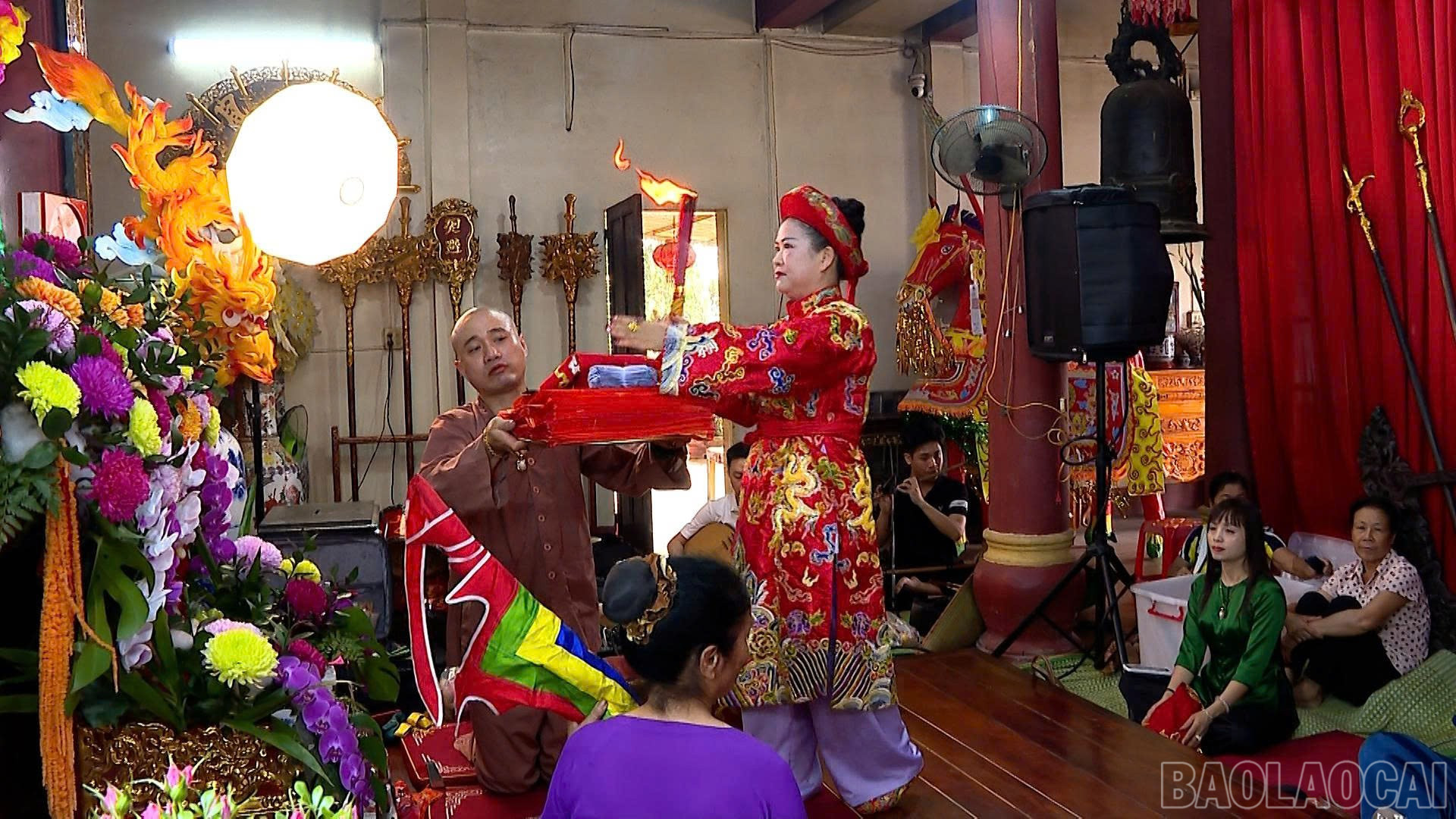
After the August Revolution, this place became a point of contact, spreading the good news about the birth of the Democratic Republic of Vietnam, and at the same time a place for collecting donations during the Golden Week to support the resistance. In 1946, the temple was the meeting place of many units of the National Guard of War Zone I before attacking the Viet Quoc reactionaries, completely liberating Yen Bai province. During the resistance war against France (1947 - 1954), the temple area was an important military defense line protecting Yen Bai town. Every vestige, every story associated with the temple is a vivid proof of the patriotism, indomitable will and belief of the people of the Red River region in justice and goodness.
Not only a place to express spiritual beliefs, Tuan Quan Temple is also a space to connect the community. On the occasion of the Mother Goddess's death anniversary in March (lunar calendar) and the Father's death anniversary on August 20 (lunar calendar), this place always welcomes a large number of people and tourists to visit and worship. Although this year due to the impact of flooding, the ceremony cannot be held as usual, but according to Ms. Nguyen Thi Le Thu - Relic Management Team, the ceremony is still maintained within the temple, showing respect and continuing the local spiritual cultural tradition.
Over time, war and the ups and downs of history have caused the temple to be devastated and severely damaged. In 1998, with the attention of the State and the People, the temple was restored and embellished on the old land, with an area of 1,660 m². By 2005, Tuan Quan Temple was officially ranked as a provincial historical and cultural relic, becoming the pride of Yen Bai people.
Mr. Nguyen Minh Tho - Head of the Monument Management Team said: "Thanks to the attention of all levels, sectors and the contributions of the people, the temple has been upgraded and renovated many times. Up to now, the facilities and worship space have well met the religious needs of the people and tourists."
Today, amidst the modern pace of life, Tuan Quan Temple still retains its sacred and quiet beauty, a place to express the faith, respect and pride of the people of the Red River region about the cultural and historical roots of their homeland.
Source: https://baolaocai.vn/den-tuan-quan-noi-gui-gam-niem-tin-va-long-thanh-kinh-post884969.html




![[Photo] Prime Minister Pham Minh Chinh meets with Speaker of the Hungarian National Assembly Kover Laszlo](https://vphoto.vietnam.vn/thumb/1200x675/vietnam/resource/IMAGE/2025/10/20/1760970413415_dsc-8111-jpg.webp)
![[Photo] Prime Minister Pham Minh Chinh received Mr. Yamamoto Ichita, Governor of Gunma Province (Japan)](https://vphoto.vietnam.vn/thumb/1200x675/vietnam/resource/IMAGE/2025/10/21/1761032833411_dsc-8867-jpg.webp)
![[Photo] Da Nang residents "hunt for photos" of big waves at the mouth of the Han River](https://vphoto.vietnam.vn/thumb/1200x675/vietnam/resource/IMAGE/2025/10/21/1761043632309_ndo_br_11-jpg.webp)
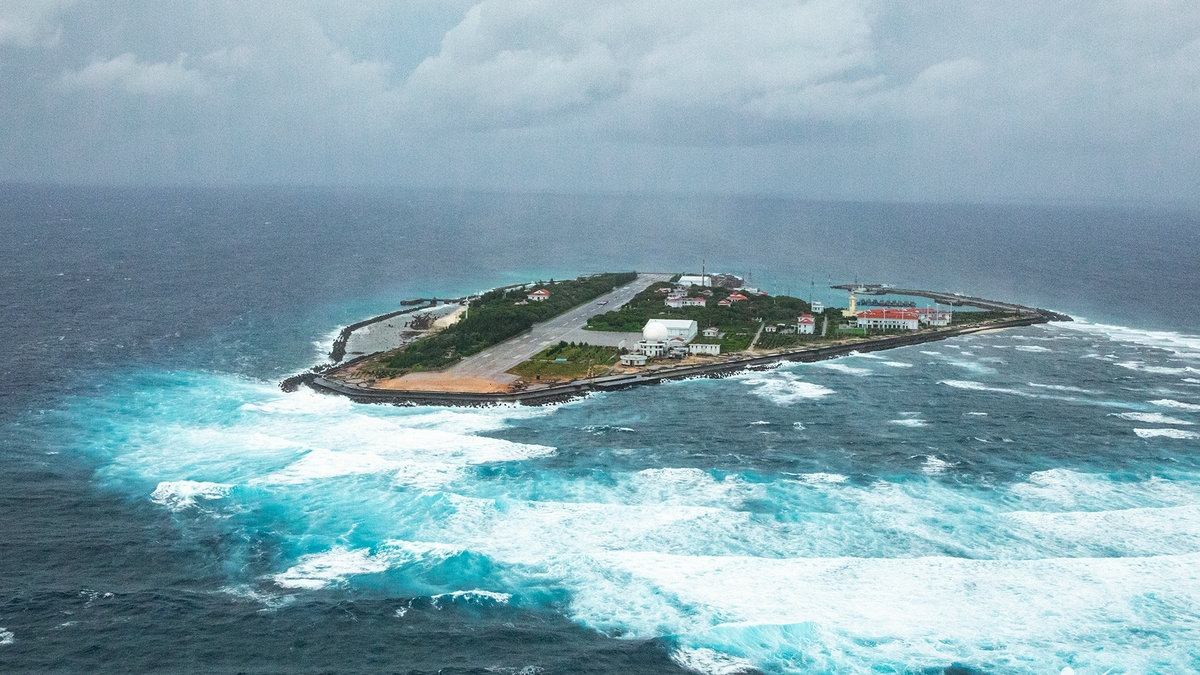
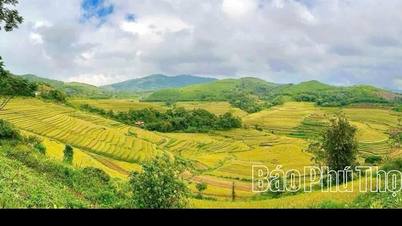



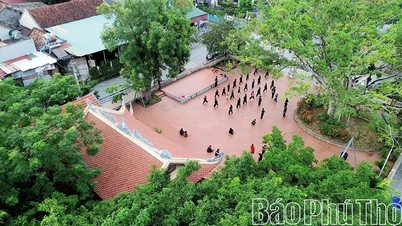
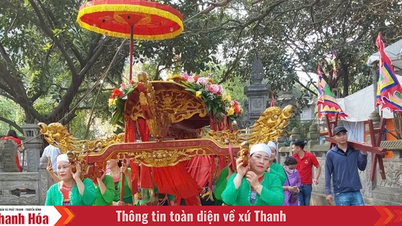
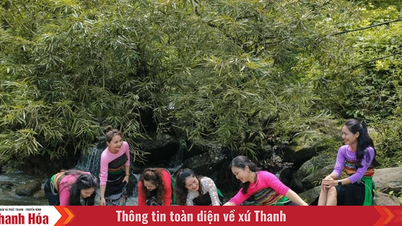
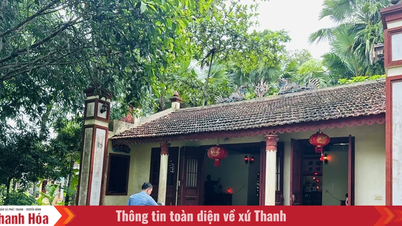
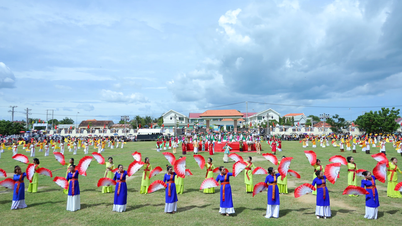


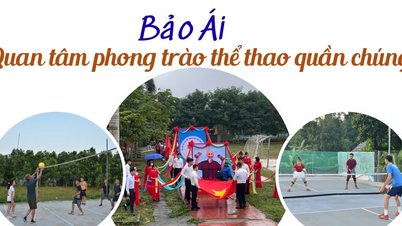
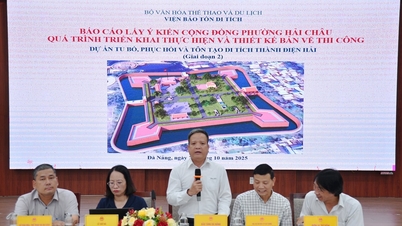

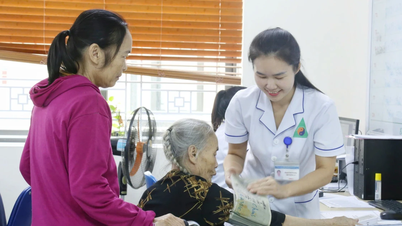
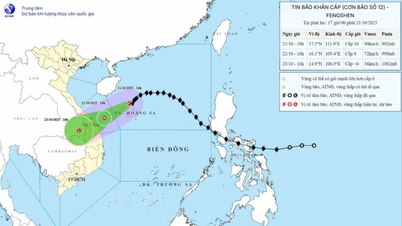




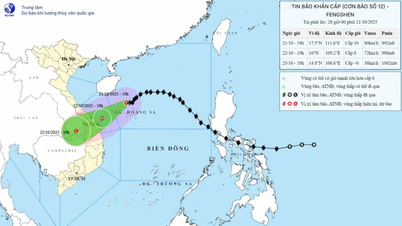
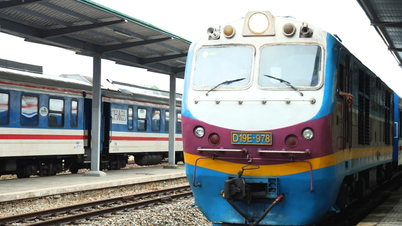
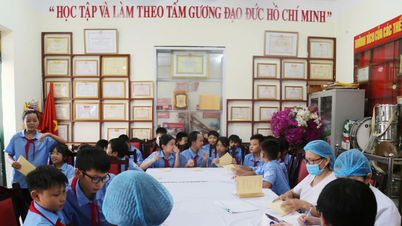
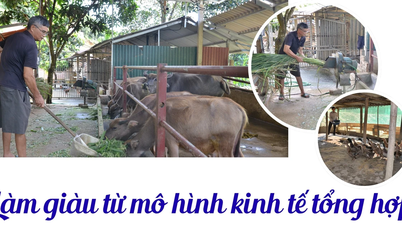
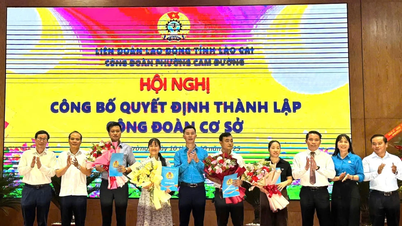
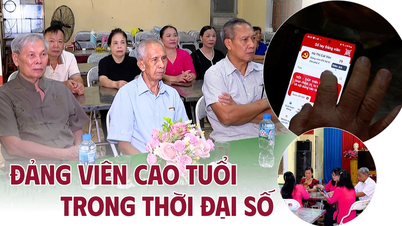




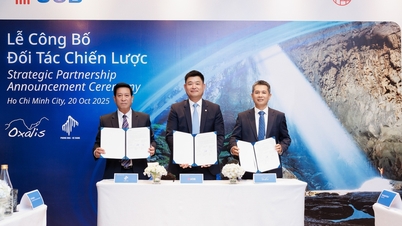



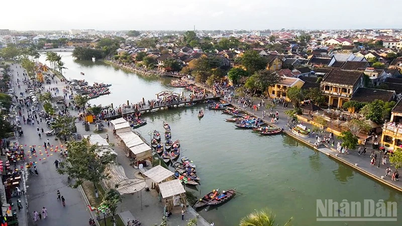



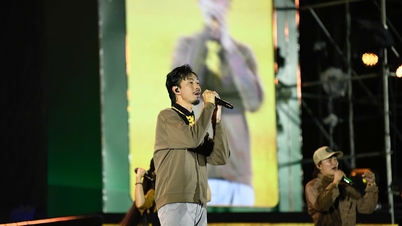

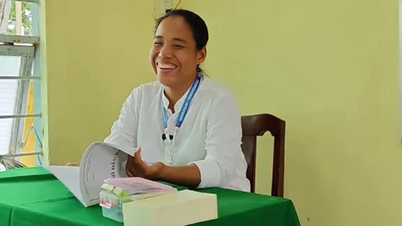
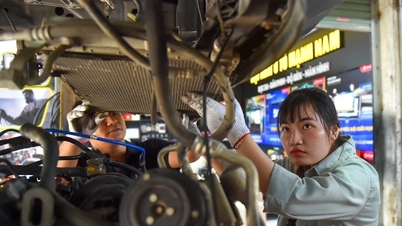

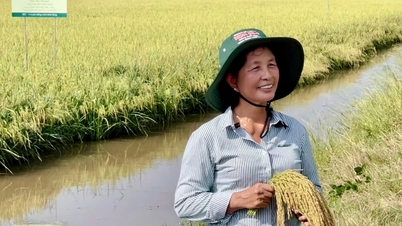

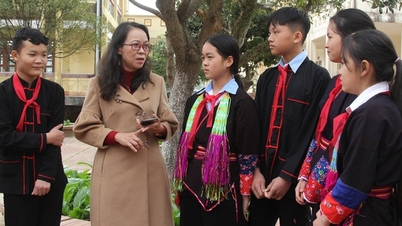

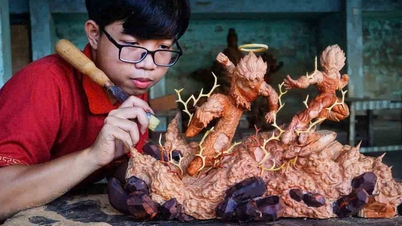



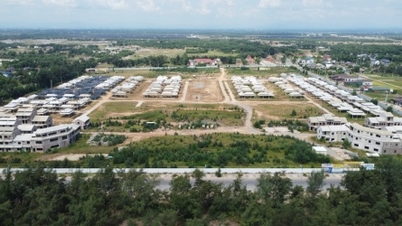











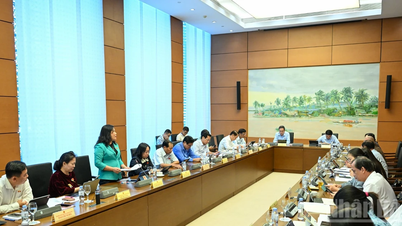
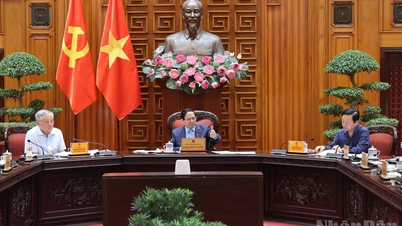
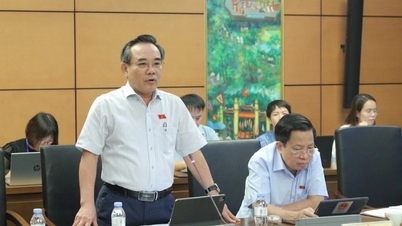
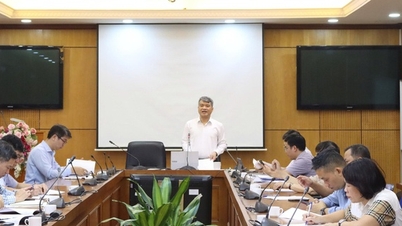
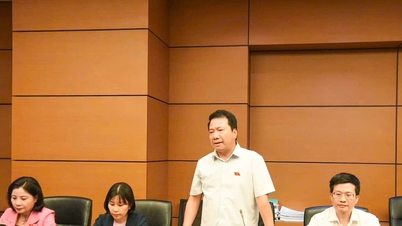

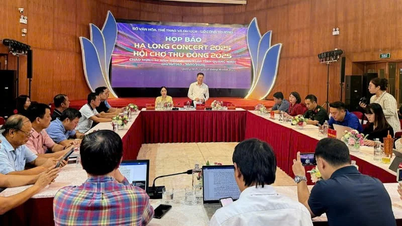
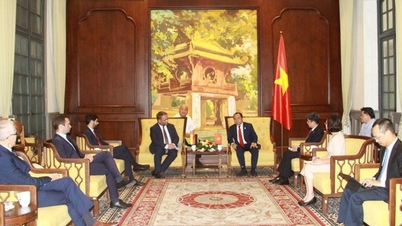


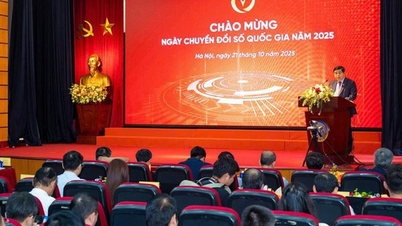


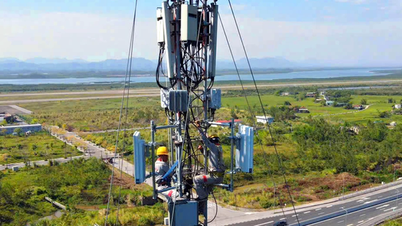
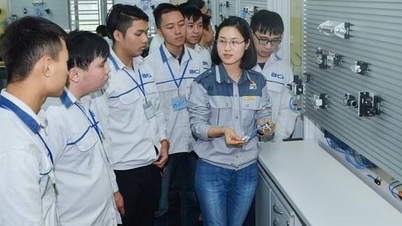
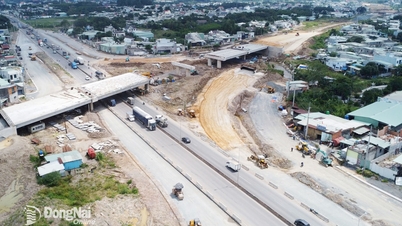



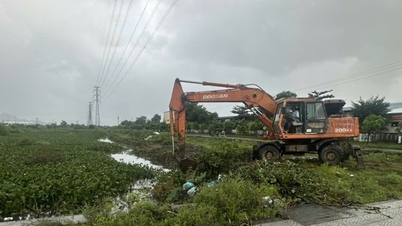
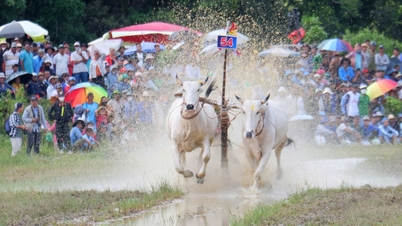

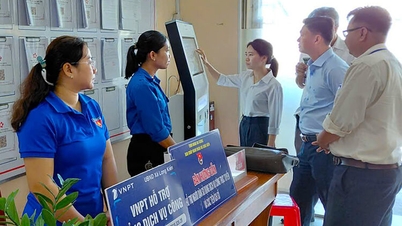
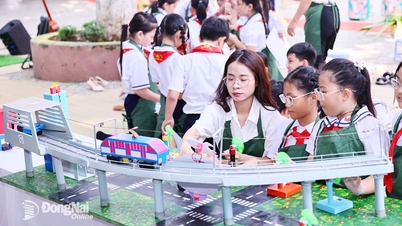













Comment (0)